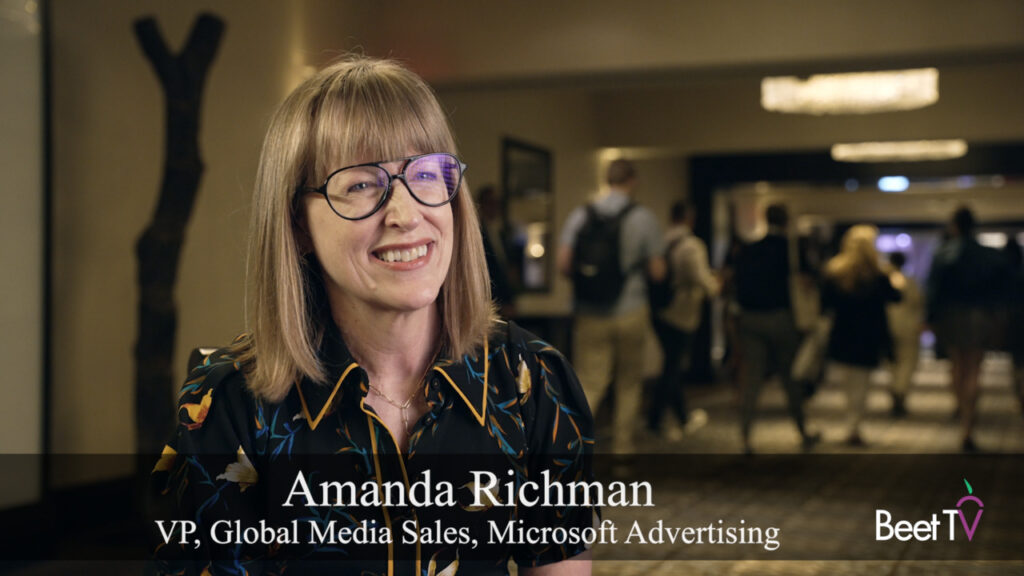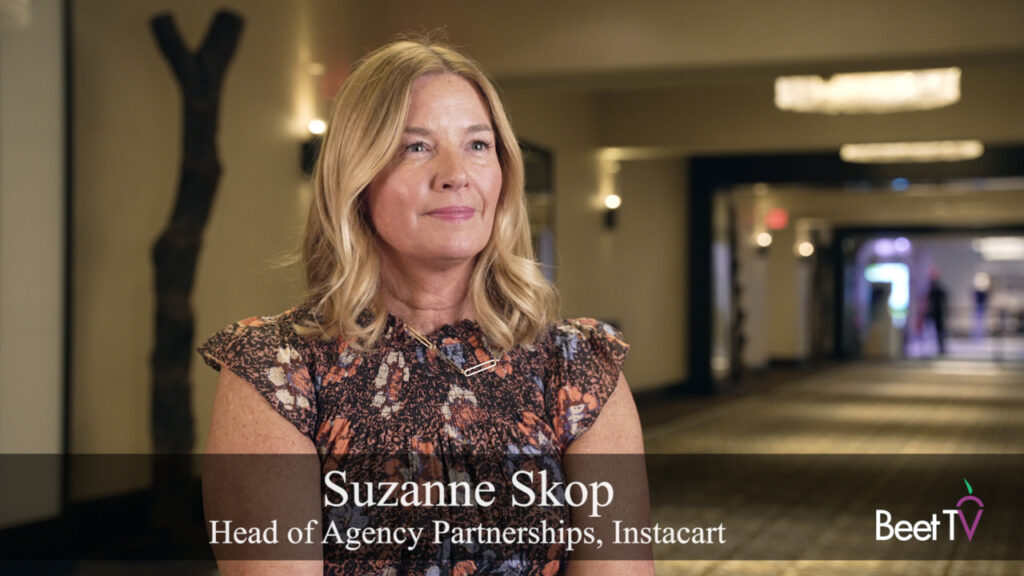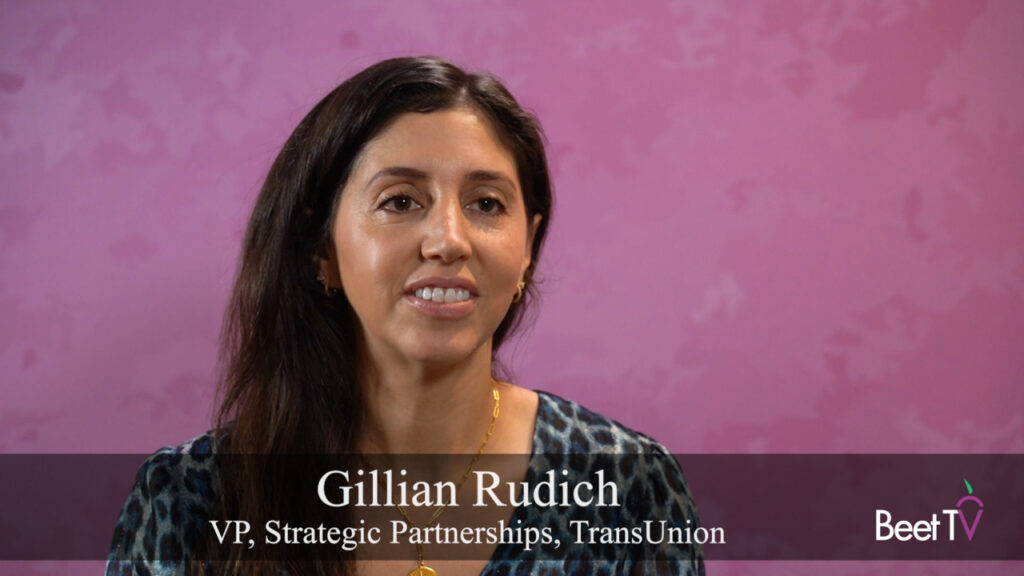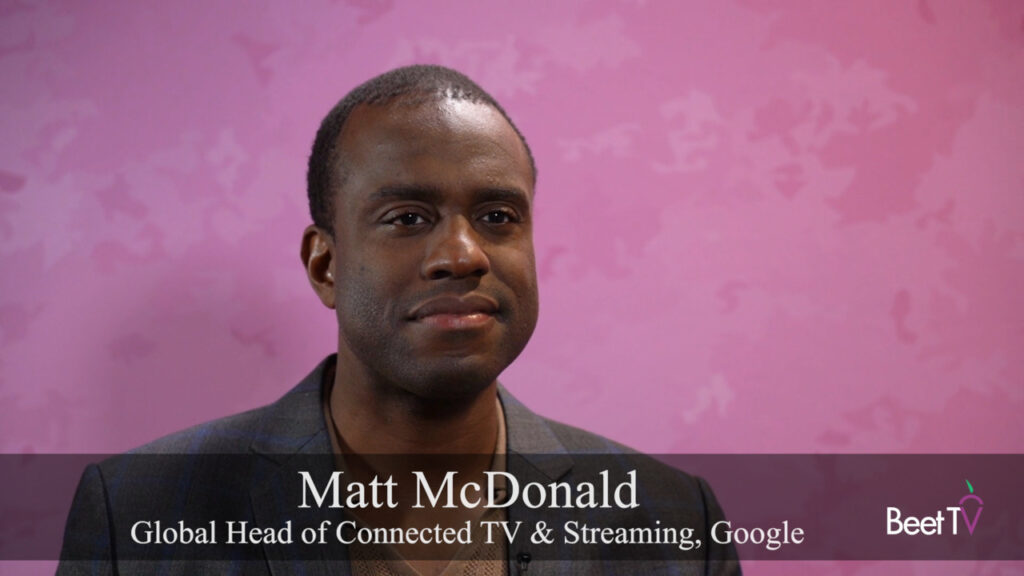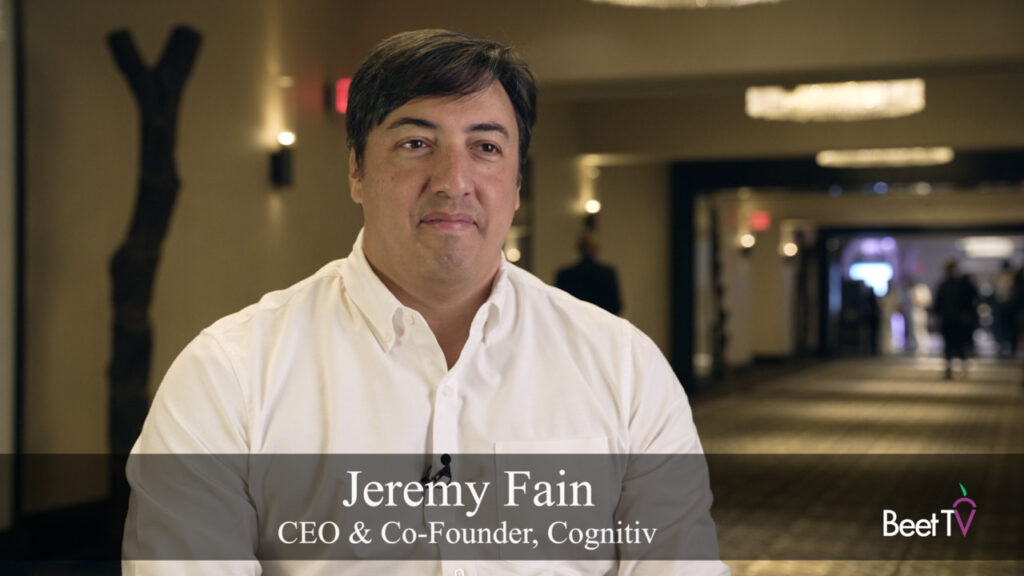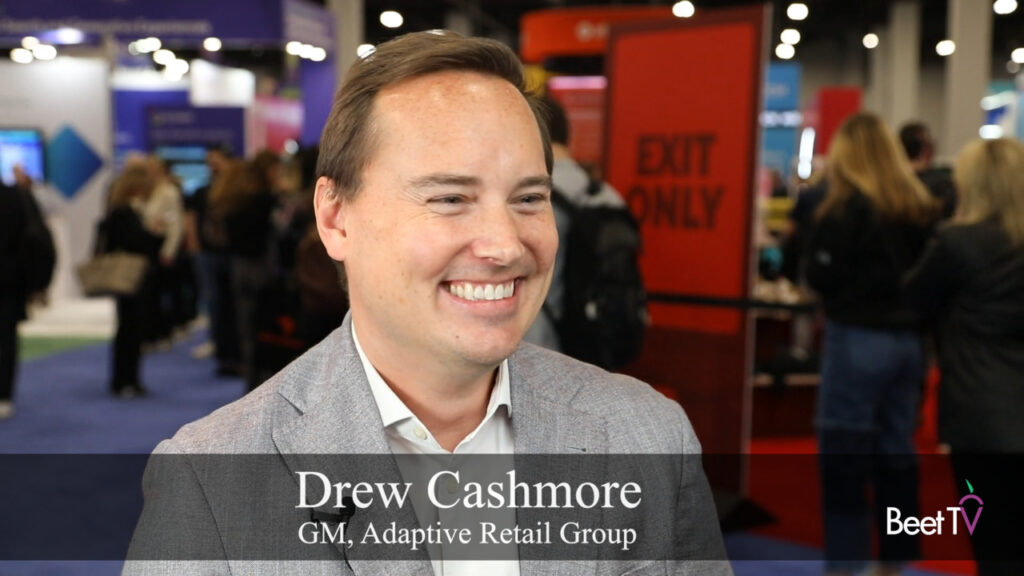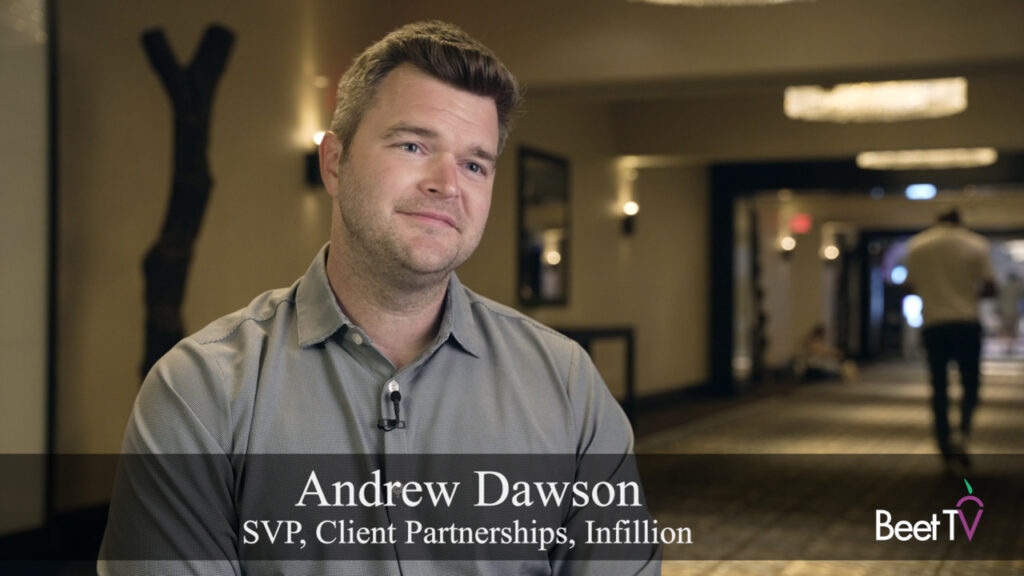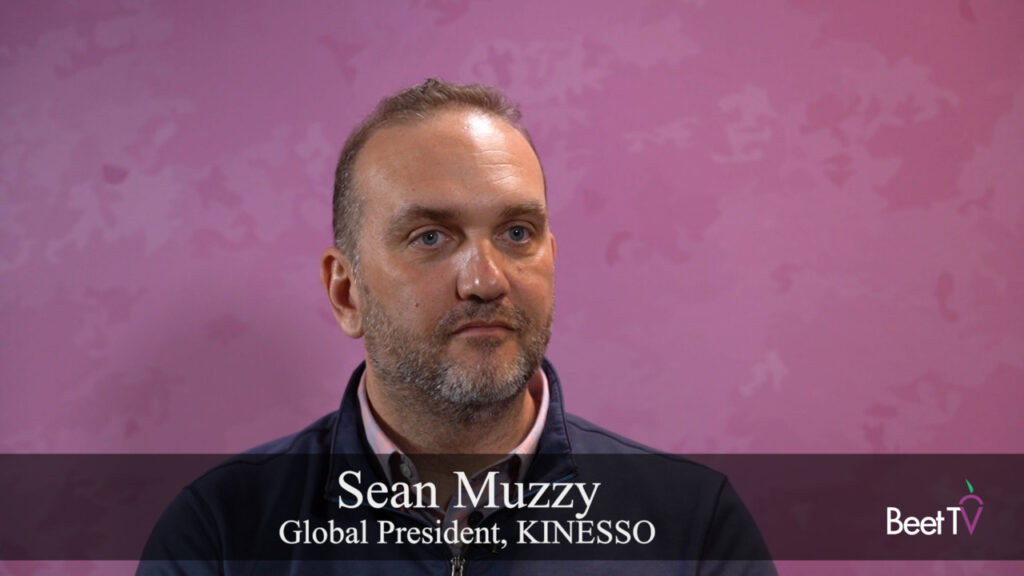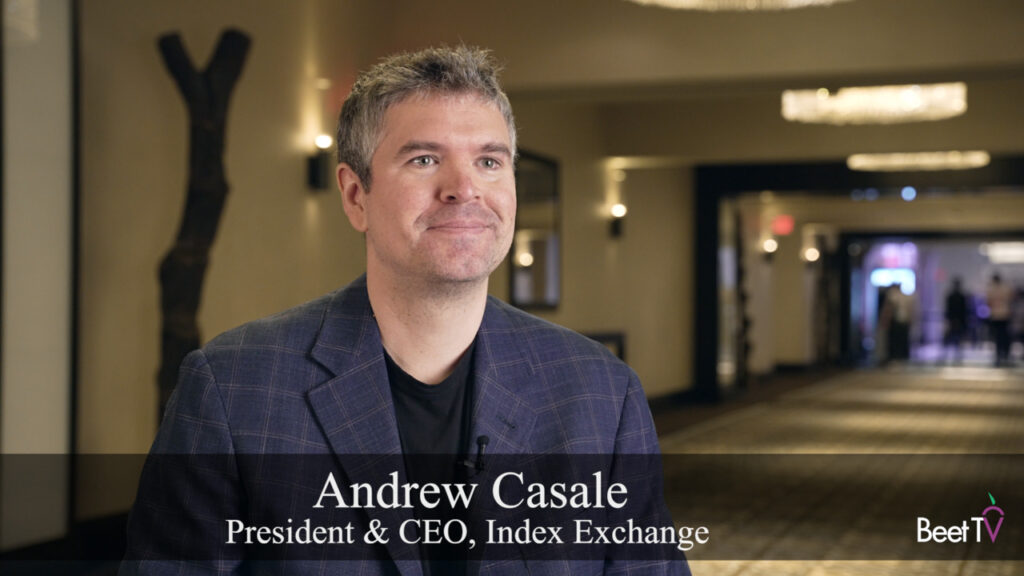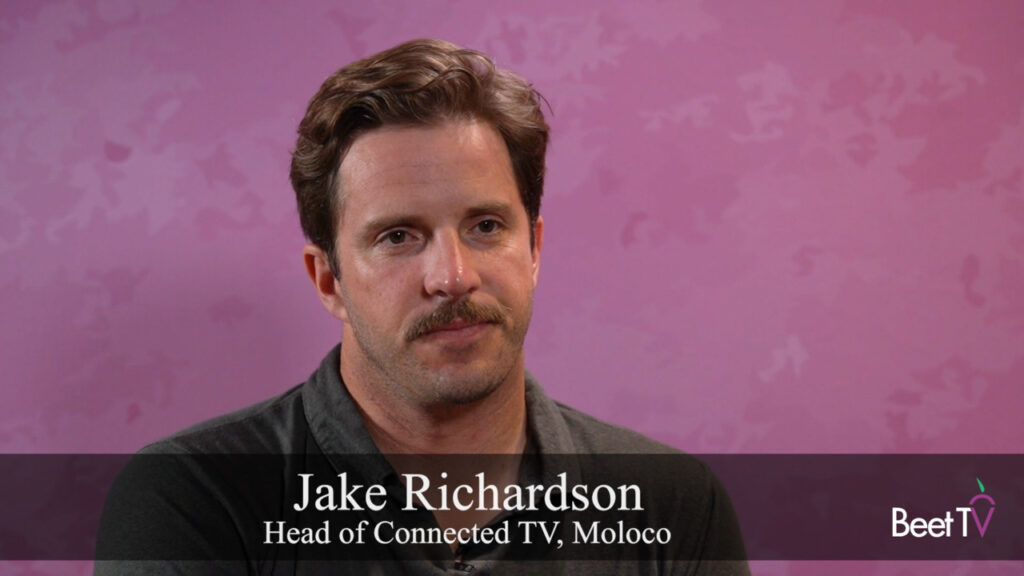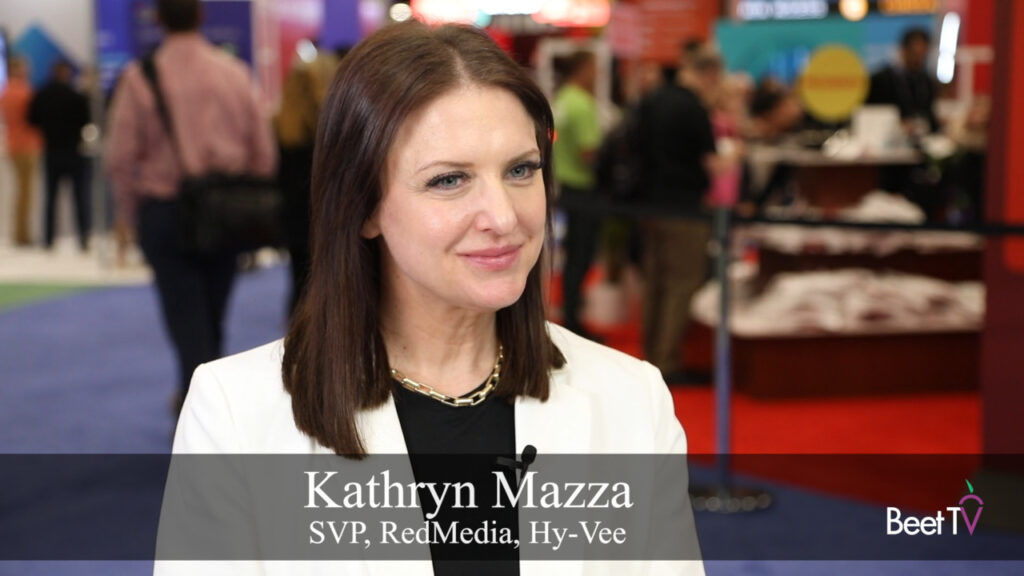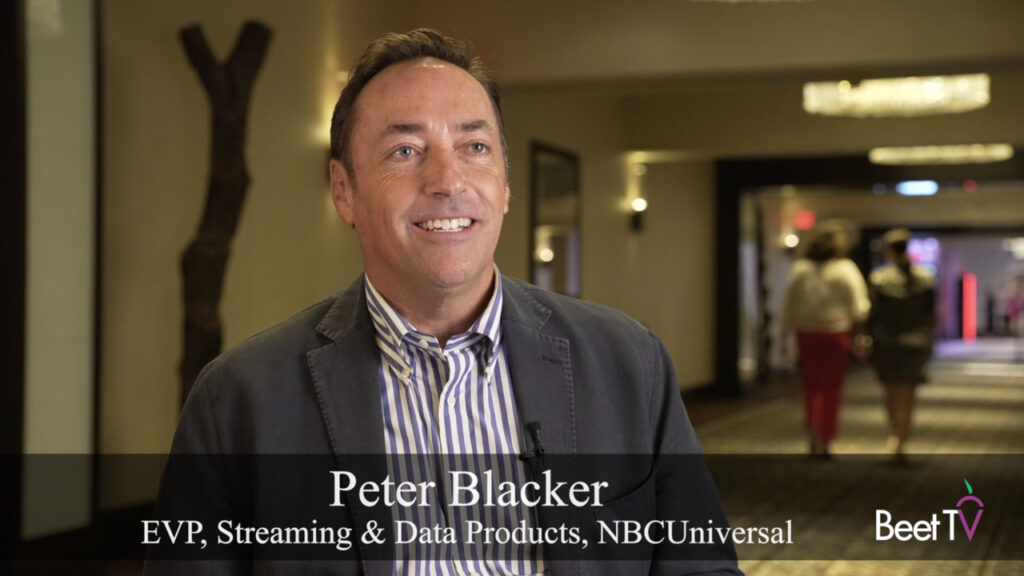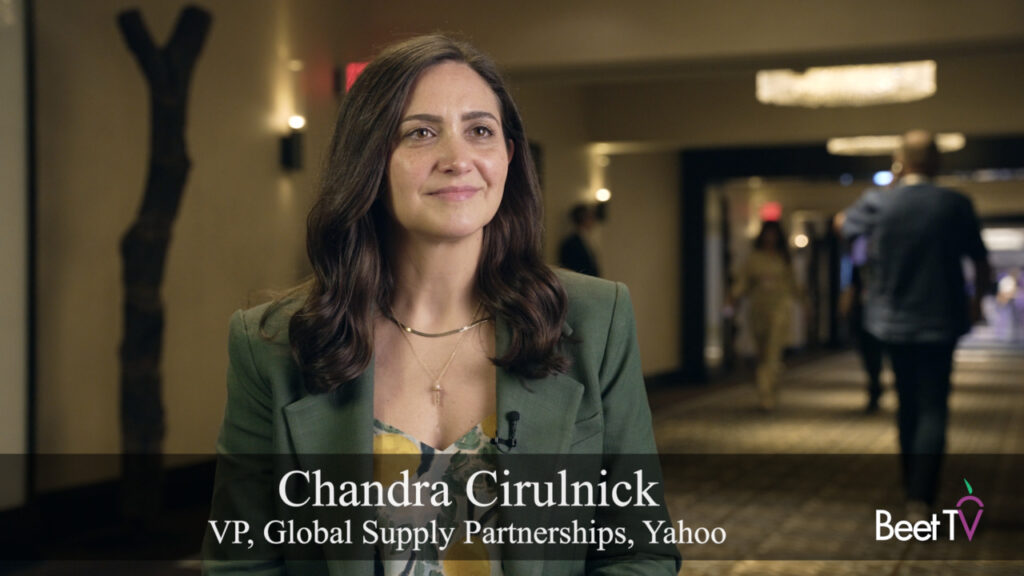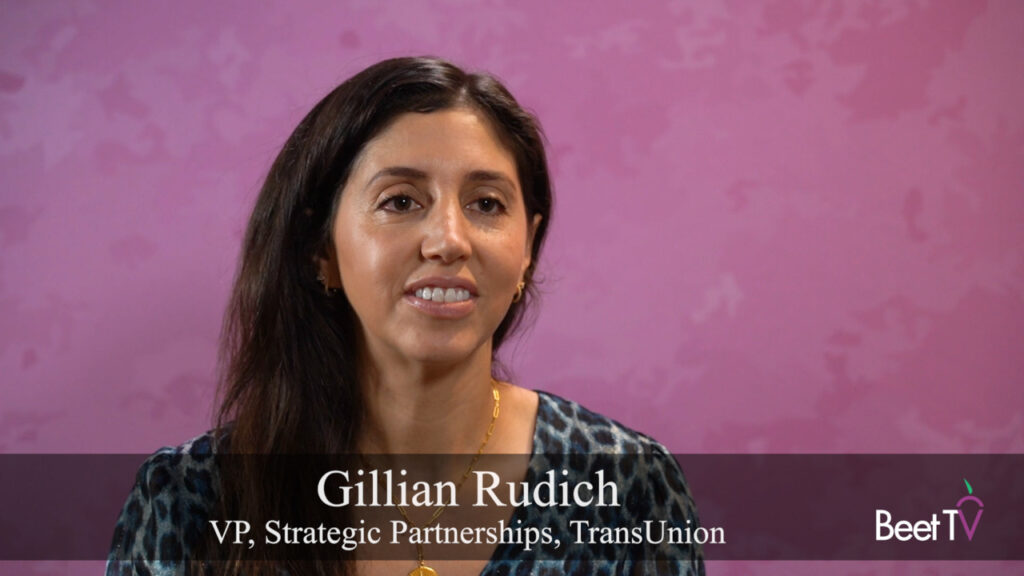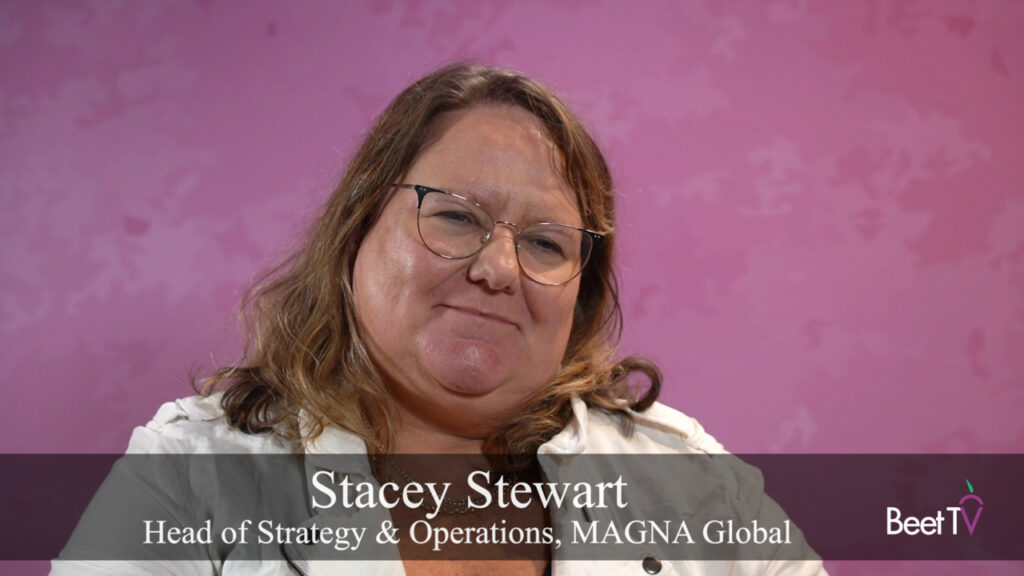The year 2018 is one of “convergence” for Dish Network and its streaming Sling TV service, which combined now offer addressable advertising to about 9 million households. “We spent a lot of last year tying together the existing data partnerships on the Dish side with the Sling side and making sure that attribution and reporting can run across both platforms,” says Dish Media Sales Account Executive Chris Flatley.
Last month, Dish for the first time quantified its Sling subscriber footprint at 2.21 million households, as The Hollywood Reporter noted.
“The live, streaming space as a whole is about 4.6 million households, so we have near a 50 percent market share of that universe,” Flatley says in this interview with Beet.TV. “The interesting thing with Sling is that each of our households, because of the way we deliver it through IP, is inherently addressable.”
Educating the industry “as to what’s possible” with advanced TV typically begins with an advertiser wanting to target viewers contextually. During March Madness, that could entail running ads in entertainment and sports networks, according to Flatley.
“And what that generally leads to as advertisers get more comfortable with the platform is the advanced TV capabilities that we offer, such as household addressable or overlaying specific demos right onto a buy,” he explains.
For example, an auto manufacturer “may come in and say we’re looking to reach SUV buyers who are in market for a new auto in the next 12 months.” Sling works with a data vendor like Polk to pull those segments, “apply it to the Sling file and serve only matches to that advertiser who are people are actually in market to buy a car.”
Eliminating waste by serve ads only to the most likely prospects is one part of the process of proving value to advertisers.
“So when we do an addressable deal, there will typically be attribution behind that. Using auto, we do sales match back data and tell the advertiser how many people were buying their cars who were exposed to the message,” Flatley says.
It doesn’t matter whether buyers prefer traditional insertion-order transactions or programmatic, he adds. If it’s the latter, “anything we can do directly we can execute programmatically and the pricing is going to be the same.”
In 2017, more than 1,000 new advertisers come onto the Sling platform, “and that really spans every vertical you can imagine. I think where we’ve seen huge uptick initially is with the autos and now the CPG’s coming through.”
This video is part of a series The New Marketplace for Television Advertising, presented by dataxu. Please find more videos from the series here.















